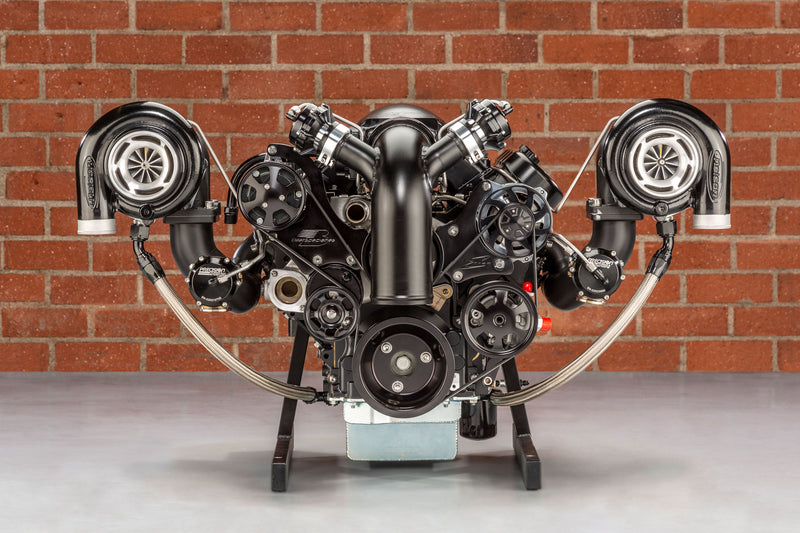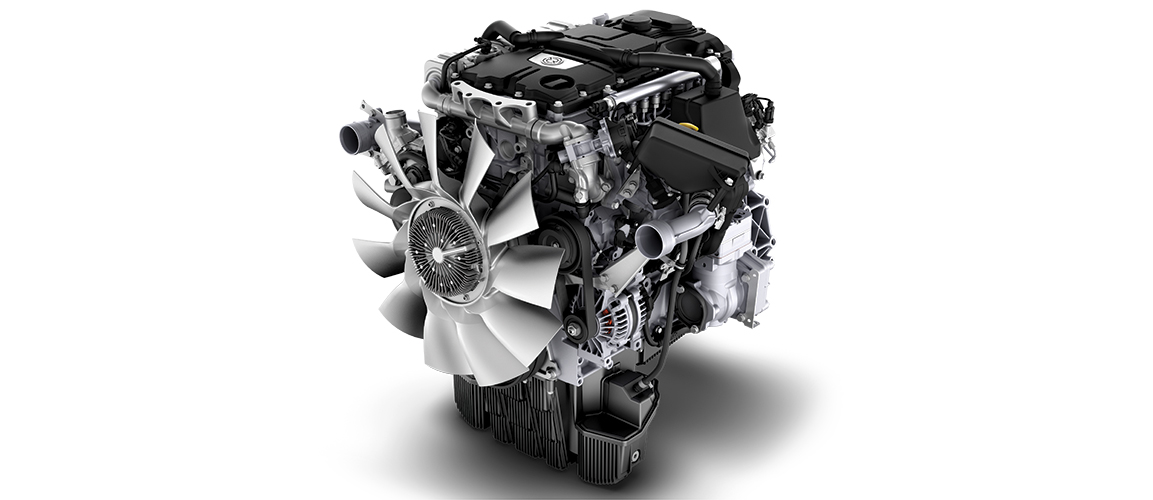Shop Engines for Africa and More at Our Comprehensive Car Parts Store
Shop Engines for Africa and More at Our Comprehensive Car Parts Store
Blog Article
The Quest for Ultimate Driving Power: Investigating the Peak of Engine Efficiency and Technological Breakthroughs in the Automotive Field
In the world of automotive engineering, the search of maximum driving power has actually been an unrelenting quest that has unravelled via the evolution of engine layout and the combination of innovative technologies. From the thorough craftsmanship of combustion engines to the quick improvements in electric propulsion systems, the automotive market stands at the cusp of a brand-new period defined by unmatched performance capacities.
Evolution of Engine Design

In addition, the integration of turbocharging and supercharging modern technologies has actually changed engine design by boosting power without significantly boosting engine size. These forced induction systems press the consumption air, enabling even more fuel to be ignited, therefore generating higher power outcome from a smaller sized engine. This development has actually been specifically crucial in improving the performance of smaller sized variation engines while maintaining gas efficiency standards.

Performance-Enhancing Fuel Technologies
The execution of advanced fuel innovations has actually considerably added to enhancing engine performance in contemporary automobiles. From conventional gasoline and diesel to innovative biofuels, artificial gas, and hydrogen, the automobile sector is witnessing a transformation in gas alternatives. Biofuels, stemmed from sustainable sources like corn, sugarcane, or algae, offer improved and reduced emissions engine effectiveness. Synthetic fuels, created through chemical processes, offer high octane scores, improving power outcome. Hydrogen gas cells, although still in the beginning of fostering, show excellent guarantee because of their zero-emission nature and capacity for high efficiency. Furthermore, gas ingredients and detergents are being created to clean engine elements, optimize combustion, and minimize rubbing, consequently boosting general vehicle performance. With ongoing r & d, the quest for the utmost driving power continues, as designers strive to open the complete capacity of performance-enhancing gas technologies in the automotive sector.
Innovations in Electric Propulsion
Considerable strides in electrical propulsion technology have reinvented the vehicle market, leading the way for a new era of sustainable and reliable transportation. Electric automobiles (EVs) are gaining popularity due to their environmental benefits and improvements in battery technology, making it possible for longer driving varieties and much shorter billing times. Suppliers are investing greatly in research study and growth to improve the performance of electric propulsion systems, concentrating on boosting power output, boosting power effectiveness, and reducing general weight.
One notable development in electric propulsion is the development of innovative electrical motors that deliver greater torque and power density, resulting in boosted acceleration and overall driving efficiency. Additionally, regenerative braking systems have actually been fine-tuned to keep and record power during slowdown, additional enhancing the performance of EVs.
Moreover, the assimilation of wise modern technologies, such as more expert system and anticipating analytics, is enhancing the management of electric propulsion systems, guaranteeing optimal efficiency under numerous driving problems. These developments in electric propulsion are improving the automobile landscape, driving the market towards a more lasting and electrified future.
Effect of Computational Liquid Characteristics
With advancements in electric propulsion pushing the boundaries of auto technology, the assimilation of Computational Fluid Characteristics is playing a critical role in maximizing aerodynamic efficiency and boosting total performance in vehicle design. Computational Liquid Dynamics (CFD) includes using computer simulations to evaluate the circulation of air around a car, making it possible for designers to anticipate how design adjustments will certainly influence aerodynamics without the need for expensive physical prototypes. By properly modeling air flow patterns, CFD allows for the refinement of vehicle forms to reduce drag, boost air conditioning, and click this link boost stability.
CFD makes it possible for designers to maximize airflow around components such as radiators, engine bays, and wheel wells, contributing to enhanced performance and overall driving experience. In verdict, the assimilation of Computational Liquid Characteristics stands for a significant action onward in the quest for utmost driving power and efficiency in the auto market.
Future Patterns in Engine Innovation
In the dynamic landscape of vehicle engineering, sophisticated innovations are forming the future trajectory of engine innovation. The future of engine layout is noted by a solid focus on performance, sustainability, and efficiency. Suppliers are progressively concentrating on developing engines that not just provide high power outcomes however likewise focus on ecological obligation by decreasing exhausts and enhancing fuel performance.
One famous trend in engine advancement is the surge of electrification. Hybrid and electric powertrains are gaining traction as sensible alternatives to typical combustion engines. These modern technologies supply the capacity for substantial decreases in carbon discharges and boosted power efficiency, lining up with worldwide efforts to combat climate change.
Moreover, developments in products science and manufacturing techniques are making it possible for the production of lighter and extra long lasting engine elements. This change towards light-weight products such as carbon fiber and aluminum alloys adds to enhanced performance and fuel economy.
Final Thought
To conclude, the search of utmost driving power in the automobile market remains to drive improvements in engine style, fuel modern technologies, electrical propulsion, and computational fluid characteristics. The development of these innovations is her response forming the future of engine development, leading the way for extra powerful and effective lorries (engines for africa). As the market remains to push the boundaries of what is feasible, we can expect to see also much more innovative advancements in the pursuit for peak performance
One of the crucial turning points in engine layout evolution is the transition from typical carbureted engines to modern fuel-injected systems. By exactly metering the fuel shipment to each cyndrical tube, fuel-injected engines optimize combustion, resulting in much better efficiency and lowered environmental effect.
Furthermore, the combination of turbocharging and turbo charging innovations has actually revolutionized engine style by improving power without considerably enhancing engine size (engines for africa).The implementation of advanced gas modern technologies has actually substantially contributed to enhancing engine performance in contemporary vehicles. In addition, fuel ingredients and cleaning agents are being developed to clean engine elements, enhance burning, and reduce friction, thereby improving overall lorry performance
Report this page